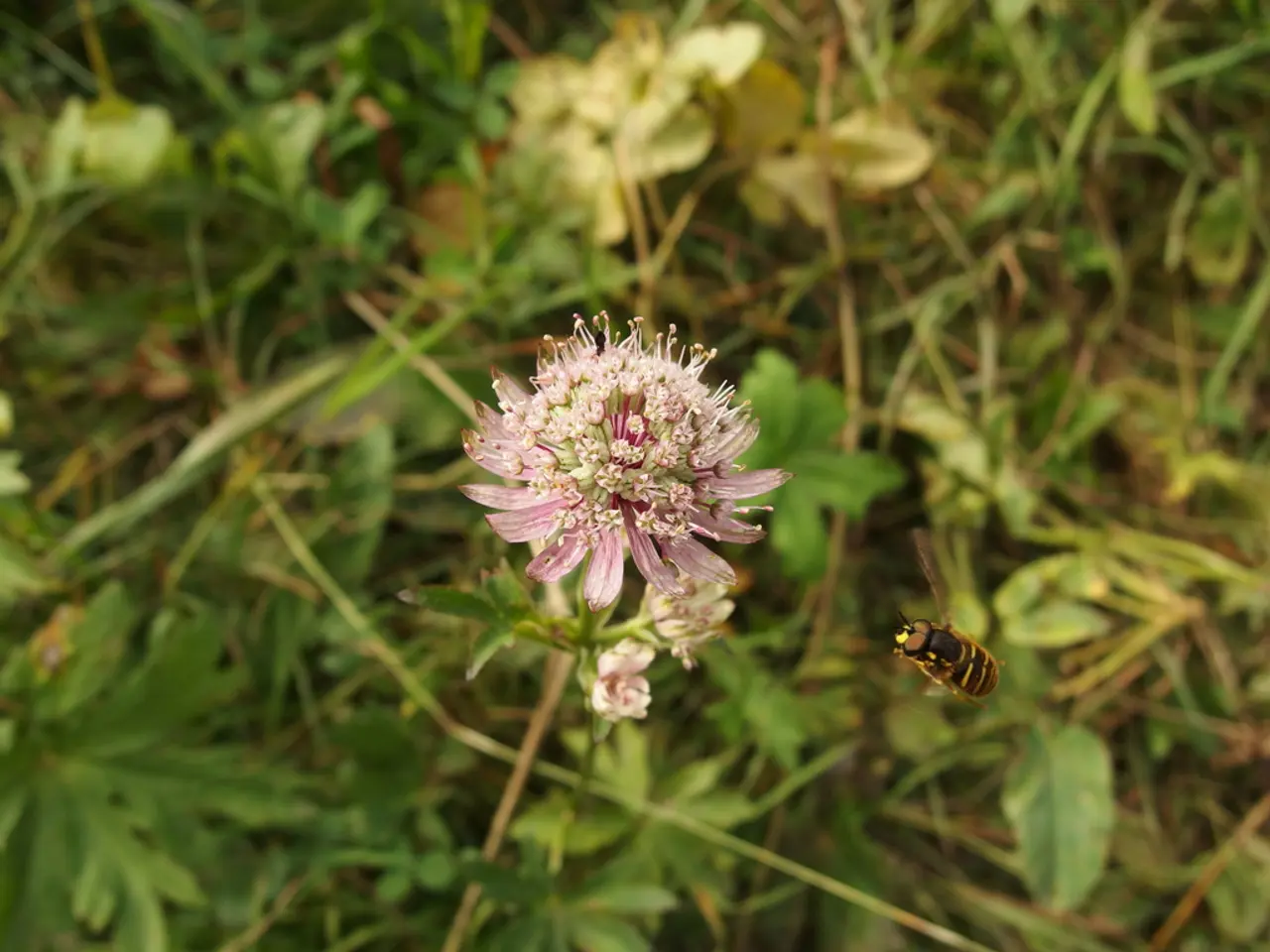Increased numbers of nutrias pose a risk to flood prevention measures - Increased Risks to Flood Barriers Due to Proliferation of Nutria
In recent years, a South American species, the nutria, has been increasingly spreading across Germany, causing concern for conservationists and flood protection authorities. Known for their love of reeds, these semi-aquatic rodents are important nurseries for insects, amphibians, fish, and birds, but their proliferation in Germany has serious consequences for biodiversity.
According to a survey in 2023, nutrias have been found in over a third of the hunting areas participating in Germany, a significant increase from the first survey in 2015. The most occurrences of nutrias are registered in the North German lowlands, particularly in North Rhine-Westphalia, Lower Saxony, and Saxony-Anhalt.
The German Wildlife Foundation estimates that controlling the nutria population through hunting, either by shooting or trapping, may be necessary, yet raises concerns about animal welfare, especially with regard to young ones potentially losing their parents. The organization also emphasizes the importance of greater awareness and support from authorities and politics in Germany to address these issues.
To combat the increasing nutria population and mitigate associated threats, several measures are being proposed and implemented. The German Hunting Association (DJV) has called for nutria to be recognized in national hunting laws, as most German states already have hunting seasons or special permissions to hunt nutrias. This formalization aims to improve population management through regulated hunting.
Hunting, often assisted by dogs, targets nutrias as a means to reduce their numbers and limit their damage to riverbanks, dikes, and reed belts. The DJV also highlights illegal feeding as a factor contributing to increased nutria density, especially in urban areas, where they become more active and reproduce widely.
In urban environments like Berlin's Neukölln district, nutrias coexist with other invasive species. Local measures include efforts to monitor and control invasive populations to protect local biodiversity and waterways.
The primary concerns motivating these measures are the nutria's burrowing behavior that destabilizes flood-protective structures and its role as a disease vector affecting humans and animals. The source of most populations is escapees from fur farms, highlighting the need for preventive containment as well as population reduction.
In addition to regulated hunting, legal measures are being implemented to coordinate and legitimize control efforts. The Federal Agency for Nature Conservation counts nutrias as invasive species according to an EU regulation. The agency suggests measures alongside hunting, such as ending targeted feeding of the animals, to contain their populations.
However, it's important to note that not every area reporting nutria presence in Germany has problems with the animals. Challenges and conflicts with nutrias are local but present in every case, according to the German Wildlife Foundation.
In summary, the strategies focus on regulated hunting to directly reduce numbers, legal measures to coordinate and legitimize control efforts, and public education to prevent behaviors that encourage population growth. Additional ecological management approaches like habitat restoration and species protection are implied but less detailed in the sources.
- To ensure the sustainability and growth of health-and-wellness initiatives within the community, vocational training programs focusing on environmental science, nutrition, and fitness-and-exercise could be implemented, empowering individuals to lead healthier lifestyles and contribute to preserving the environment.
- Concurrently, the science behind the nutria's impact on biodiversity, flood-protection infrastructure, and human and animal health can be studied to inform more effective policy-making and vocational training in exotic pest control and conservation.
- By promoting environmental awareness, adopting responsible pet-ownership practices, and supporting ecosystem restoration projects, our community can contribute towards a healthier and more balanced environment, thus reducing the likelihood of invasive species like nutrias establishing themselves and causing harm.




